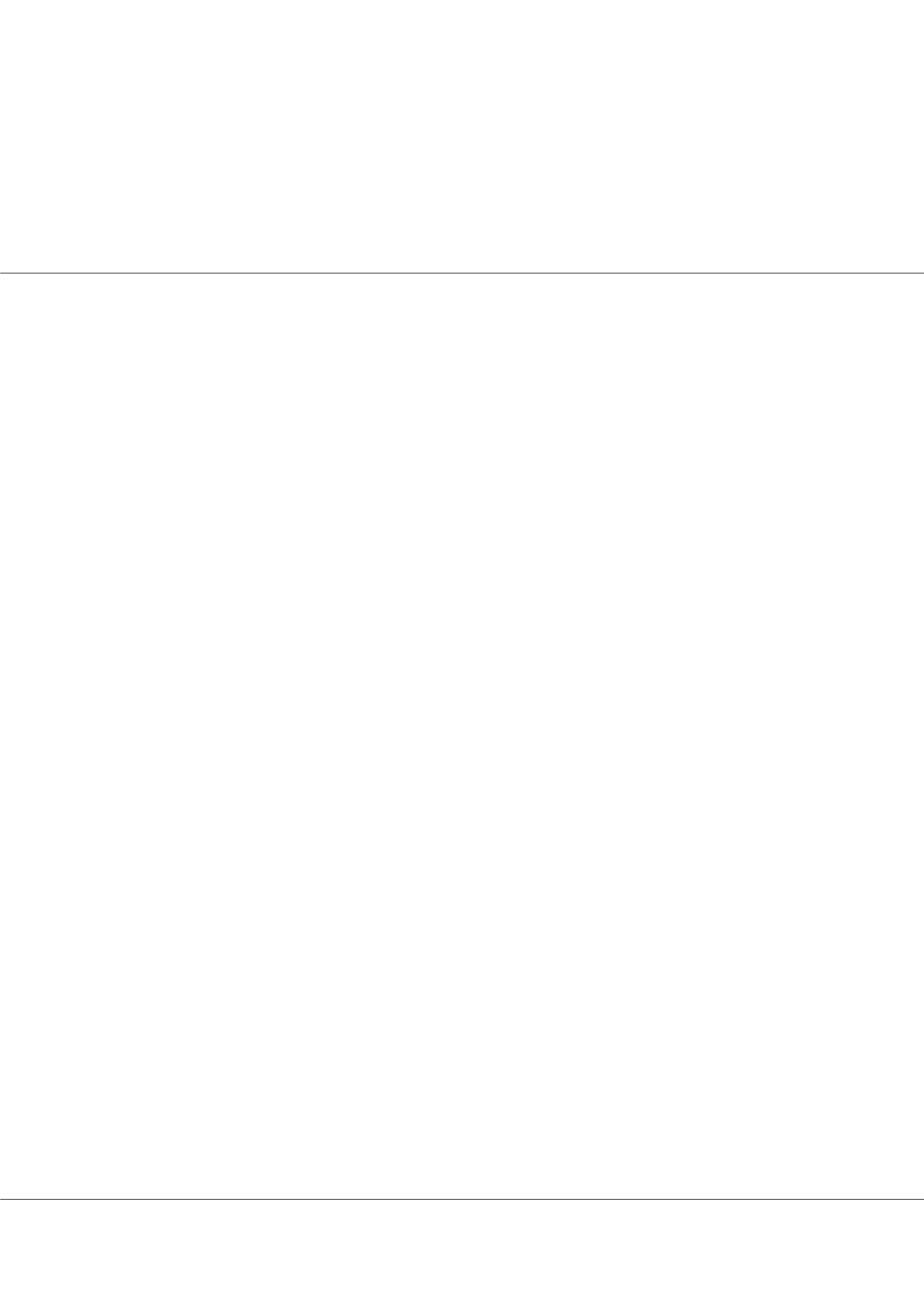

Notes:
Page 93
CNS 2016
December 05-07, 2016
Volume 7, Issue 5(Suppl)
J Neurol Neurophysiol
ISSN: 2155-9562 JNN, an open access journal
conferenceseries
.com
December 05-07, 2016 Dubai, UAE
2
nd
International Conference on
Central Nervous System Disorders & Therapeutics
Neelum Zehra Bukhari, J Neurol Neurophysiol 2016, 7:5(Suppl)
http://dx.doi.org/10.4172/2155-9562.C1.041People with acute stroke who received occupational therapy sessions throughout their hospital stay
at Liaquat National Hospital, neurology ward proved more likely to be functional in their self care
and motivated at the time of discharge
Neelum Zehra Bukhari
Liaquat National Hospital, Pakistan
Introduction:
Among people who have experienced a stroke, 55% to 75% have a paretic arm that causes motor impairments
and experience difficulty in incorporating the affected hand into their activities. Mirror therapy (MT) may be a suitable
alternative because of its low cost and simplicity. The movement of the intact limb gives the patient the illusion of which inputs
are perceived through the affected limb behind the mirror. Substantial evidence has demonstrated the immediate efficacy of
MT on motor recovery in people with stroke. In this intervention based study, mirror therapy effects has been found out for
paretic arm retraining.
Aim:
Aim of this study is to emphasize occupational therapy interventions benefits as part of inpatient facilities for acute stroke
patients.
Method & Material:
Randomized controlled trial was done. Data source was neurology inpatient ward and stroke unit at
Liaquat National Hospital. 25 ischemic and 25 hemorrhagic stroke patients were enrolled after 24 hours of onset. The patients
received bedside self-care retraining of five components according to FIMhierarchy, leaflets of stroke awareness, stroke support
group and home modification plan to care givers were all the part of interventions. The intensity of interventions for both types
of stroke was selfcare retraining five days twice per day each component. Leaflets were provided on bedside, stroke support
group and home modification plans were given to attendants each day. Main outcome measurements were initial functional
restoration assessment (IFRA) and functional independence measure (FIM).
Results:
Both types of stroke resulted with hope to recover and independent to minimize the burden of dependency.
Conclusions:
The application of occupational therapy interventions in acute stroke proved to be beneficial for both types of
stroke in self care and motivation to be independent in their daily routine cores.
Biography
Neelum Zehra Bukahri completed her Bachelor degree in Occupational Therapy, Diploma in TbsOT and Master in special education. She is working on Functional
Independence since 15 years with different disabilities. She has Presented paper at national and international conferences on Neurology and Stroke. She won
encouragement award on presenting “Acute care model for stroke” at 23rd National Conference of Pakistan Society of Neurology.
neelumzehra@googlemail.com















